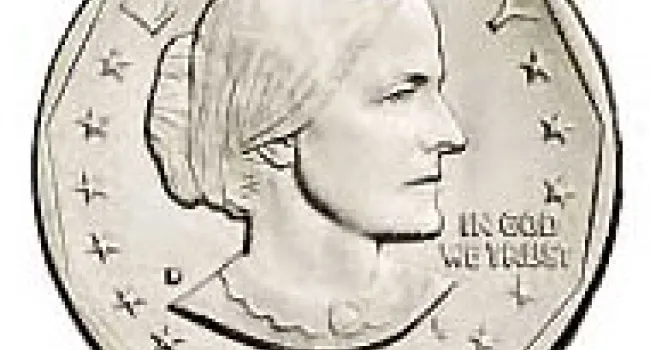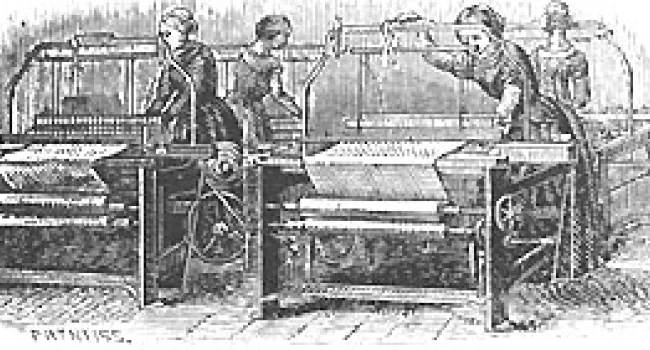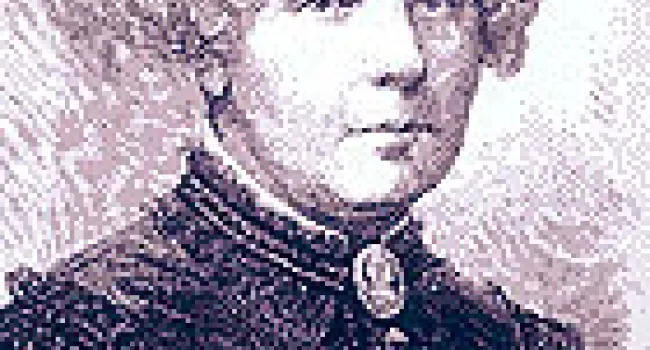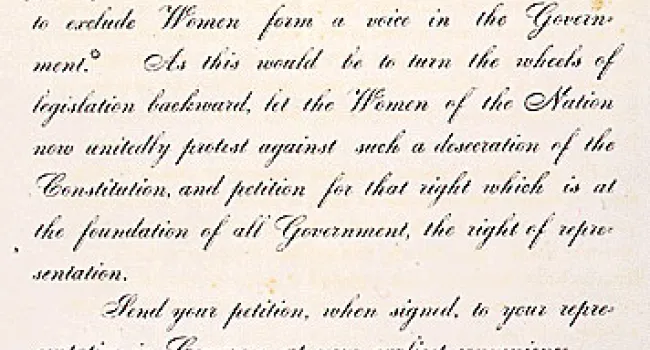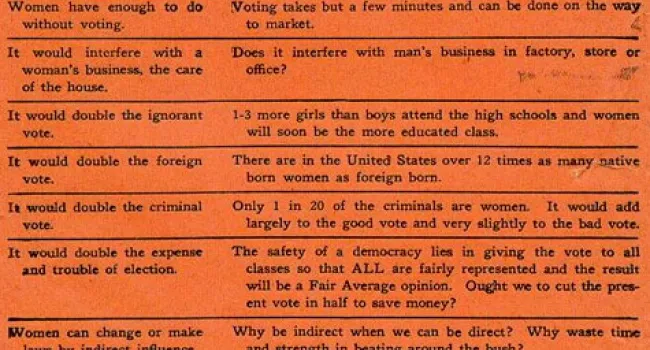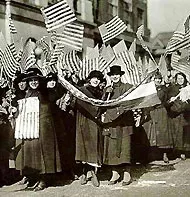
By the 1890s, some states began giving women the right to vote. Though Susan and her followers were making progress, she knew there was a lot of work to be done. Before she died in 1906 she said:
There is so much yet to be done, I see so many things I would like to do and say, but I must leave it for the younger generation. We old fighters have prepared the way.
The suffrage movement continued onward, inspired by Susan's determination to publicly defend her right to vote. The 19th Amendment granting all women the right to vote was eventually passed in 1920.
Women celebrate the passing of the 19th Amendment on August 26, 1920.
Courtesy of: Business and Professional Women USA
Standards
- 5-4 The student will demonstrate an understanding of American economic challenges in the 1920s and 1930s and world conflict in the 1940s.
- 5.2.CX Contextualize the post-war economic climate on the cultural landscape throughout the United States and South Carolina.
- USHC.3.E Utilize a variety of primary and secondary sources to analyze multiple perspectives of innovation and industrialization on demographic change, reform, and American identity.
